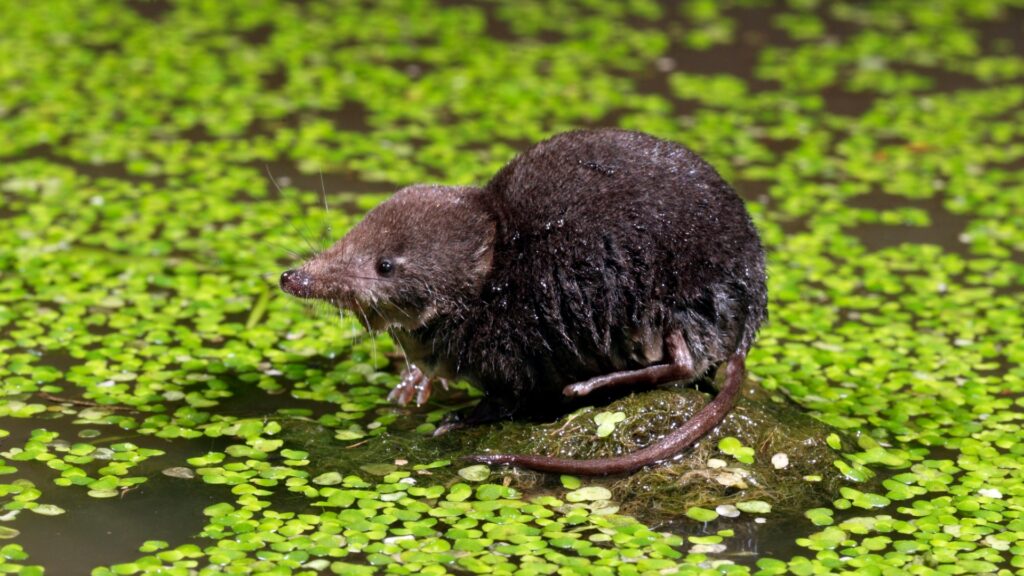
Freshwater mammals are a diverse group of animals that rely on aquatic environments for their survival. They inhabit rivers, lakes, and wetlands, playing crucial roles in their ecosystems.
Important Roles
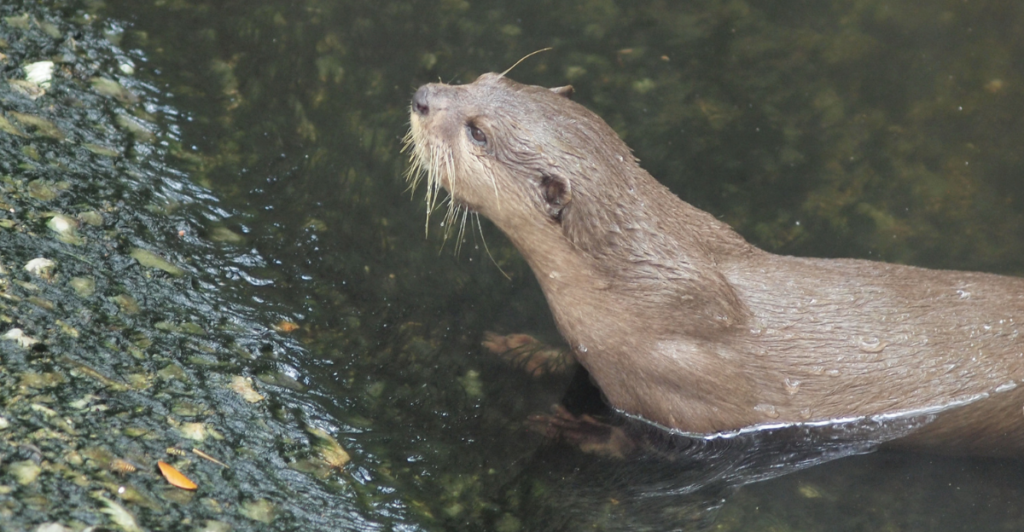
Freshwater mammals play essential roles in their environments while showcasing incredible diversity. Understanding these species helps us appreciate the importance of conserving our aquatic ecosystems.
River Otter
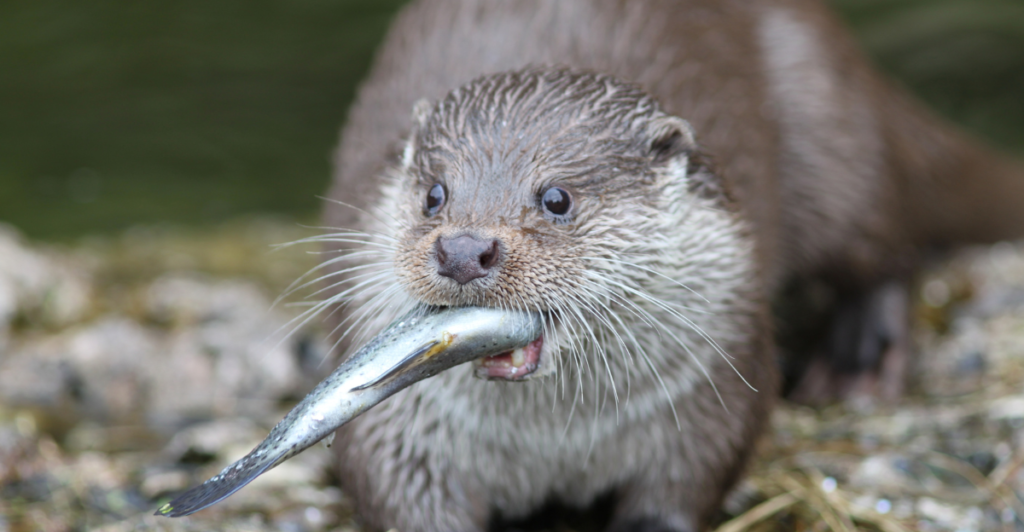
The river otter is known for its playful behavior and agility in water. Found across North America, these mammals have streamlined bodies and webbed feet, making them excellent swimmers. They primarily feed on fish and crustaceans, contributing to the balance of aquatic ecosystems.
American Beaver
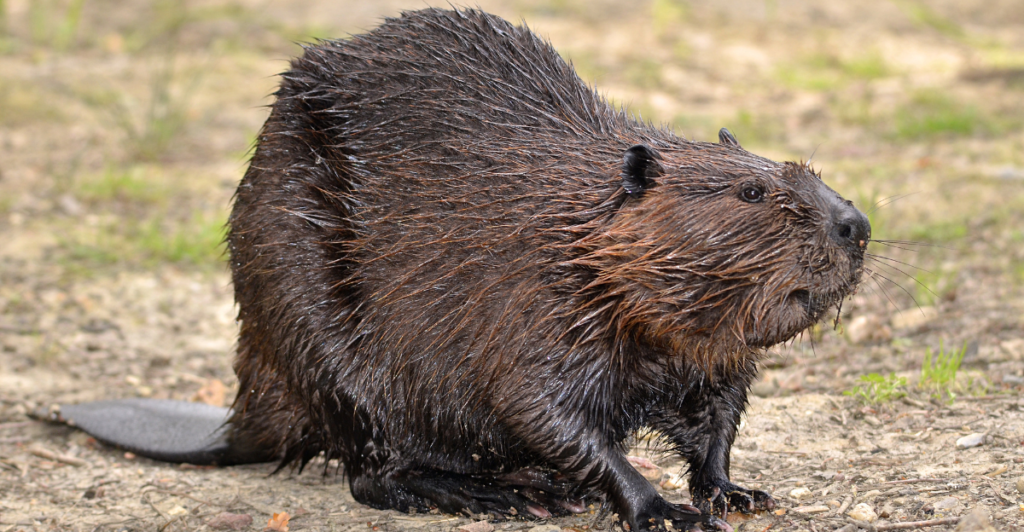
The American beaver is a remarkable engineer of freshwater habitats. Known for building dams, beavers create ponds that provide homes for various species. Their strong teeth allow them to fell trees, which they use for food and construction, significantly impacting their environment.
North American River Dolphin
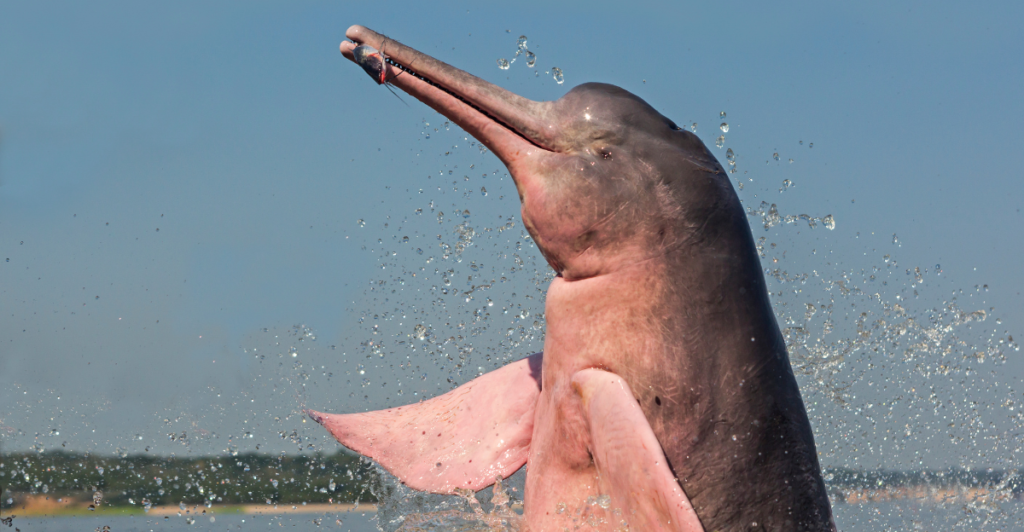
The North American river dolphin, also known as the boto, is a unique freshwater cetacean. These dolphins are known for their pink coloration and playful nature. They inhabit rivers in the Amazon basin and are vital for maintaining the health of aquatic ecosystems.
Capybara
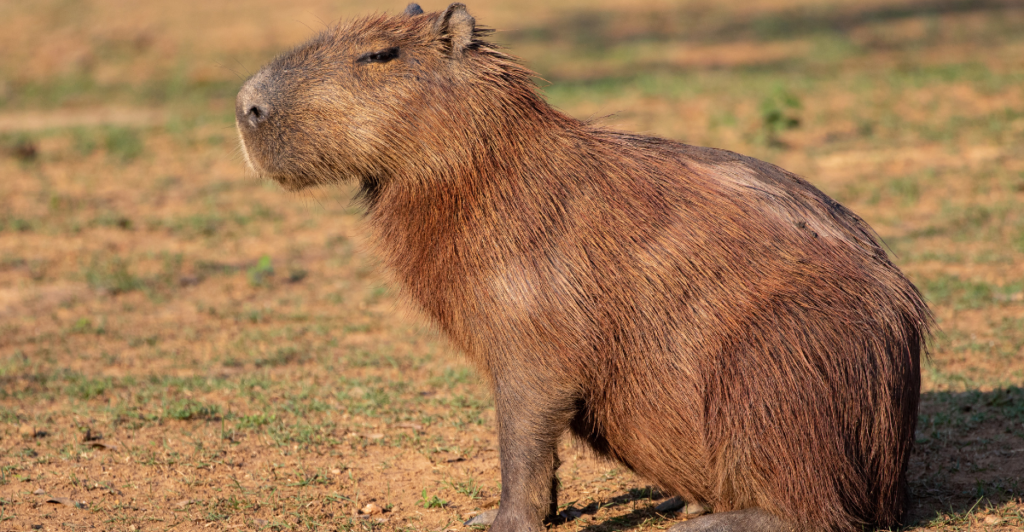
The capybara is the largest rodent in the world and thrives in semi-aquatic environments. Native to South America, these social animals often live near water bodies. They are herbivores, primarily feeding on grasses and aquatic plants, playing a role in their ecosystem’s vegetation control.
Common Muskrat
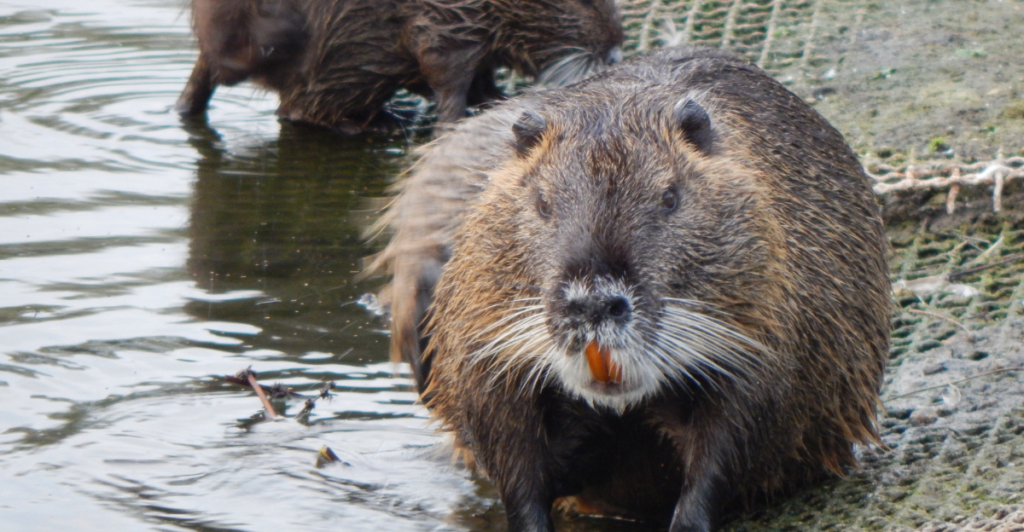
The common muskrat is a small, semi-aquatic mammal found throughout North America. Known for their burrowing habits, muskrats create extensive tunnels along riverbanks. Their diet consists mainly of aquatic plants, making them important grazers in wetland ecosystems.
American Water Shrew
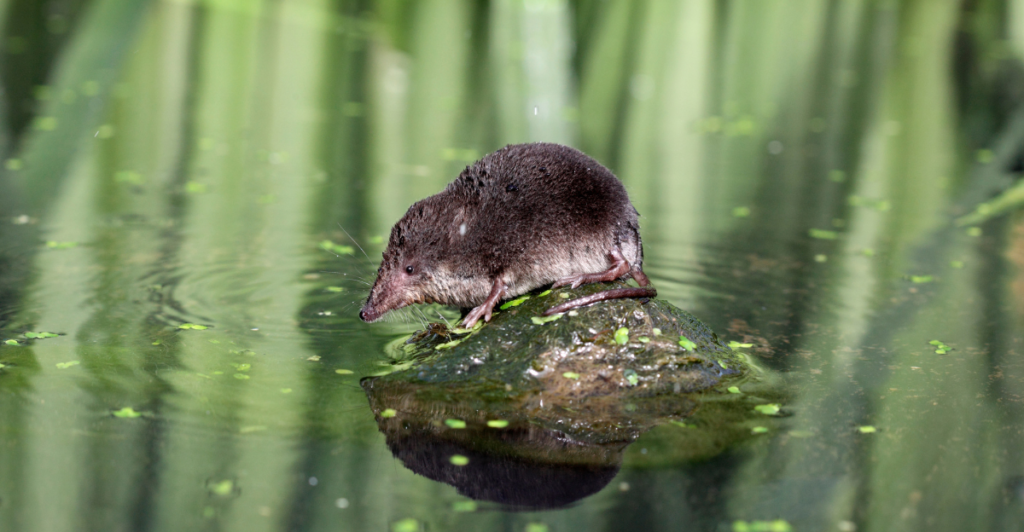
The American water shrew is a fascinating small mammal found in North America. This shrew is an adept swimmer and diver, using its specialized fur to trap air bubbles while submerged. It primarily feeds on aquatic insects and small fish, playing a role in controlling these populations.
Platypus
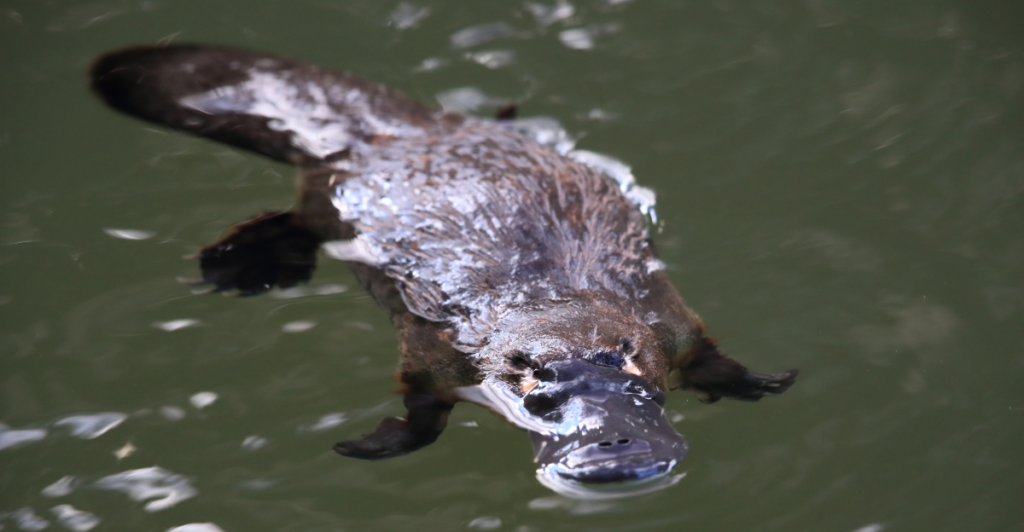
The platypus is one of the few egg-laying mammals and is native to Australia. This unique creature has a duck-like bill and webbed feet, making it an excellent swimmer. Platypuses feed on insects and crustaceans found in freshwater habitats, showcasing their adaptability.
Hippo
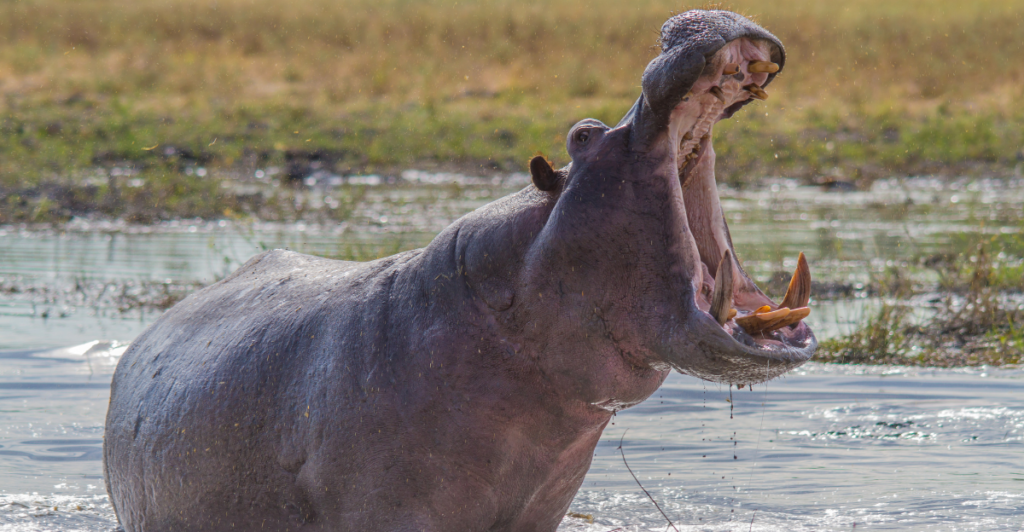
The hippopotamus is primarily associated with African rivers and lakes but has a significant impact on freshwater ecosystems. These large mammals spend most of their day submerged to keep cool. They graze on grasses at night, influencing plant growth along riverbanks.
Manatee
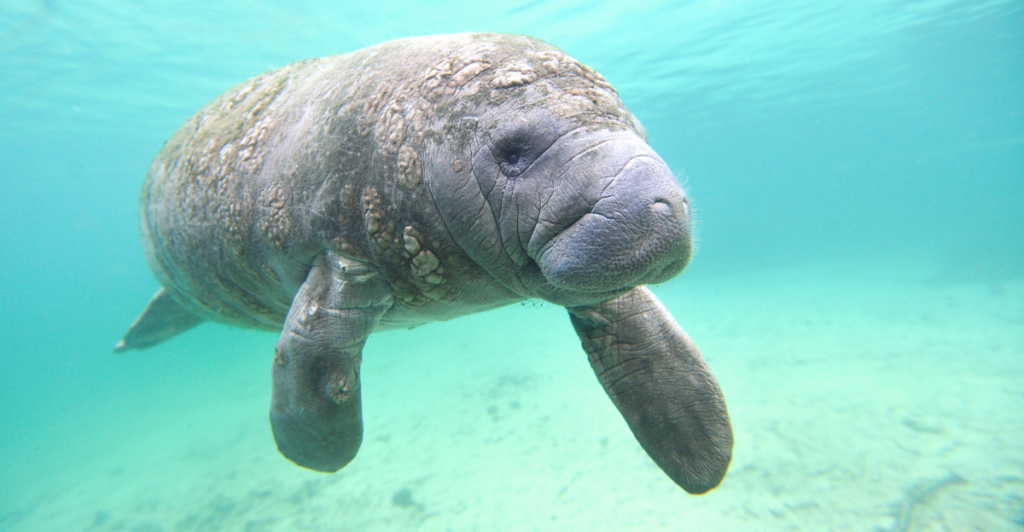
The manatee, also known as the sea cow, is a gentle herbivore found in warm coastal waters and rivers. These large mammals graze on seagrass and play a vital role in maintaining healthy aquatic vegetation. Their slow-moving nature makes them vulnerable to boat strikes.
River Walrus
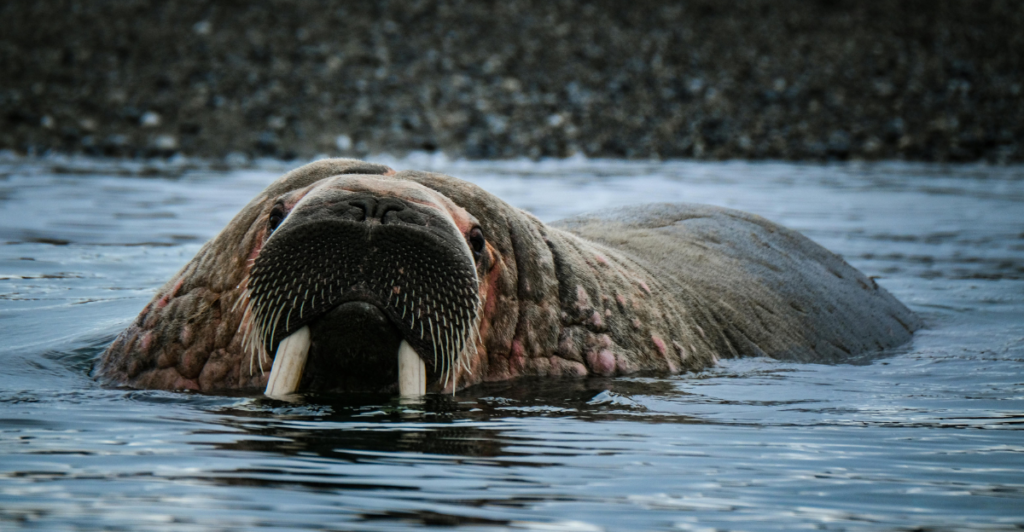
The river walrus is adapted to life in cold freshwater environments like rivers and estuaries. Known for their long tusks and whiskers, these mammals are social creatures often seen in groups. They primarily feed on benthic organisms found on the riverbed.
Conservation Status
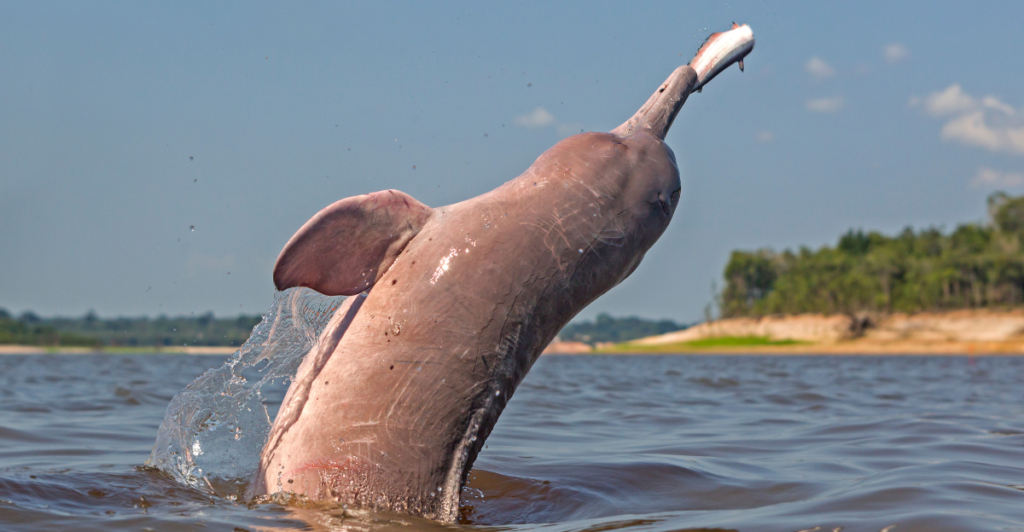
Many freshwater mammals face threats from habitat loss, pollution, and climate change. Conservation efforts are crucial to protect these species and their habitats. Public awareness and support can help ensure that these iconic mammals continue to thrive in our ecosystems.
Source:
Beaver? Otter? Muskrat? A Field Guide to Freshwater Mammals
Discover more of our trending stories and follow us to keep them appearing in your feed
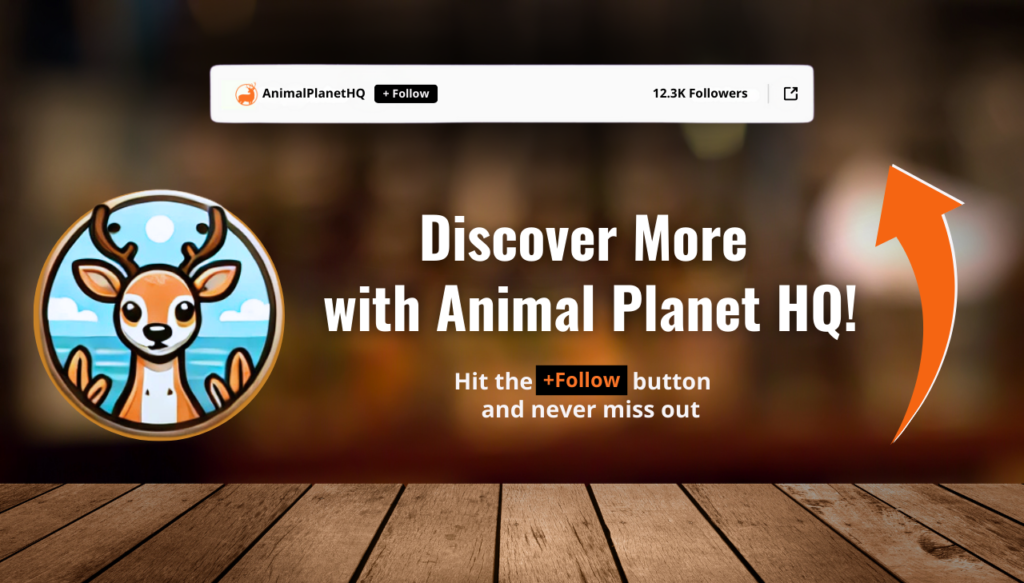
Meet the Massive Crocodiles That Make Their Homes 40 Feet Underground
12 Facts About Bald Eagles and Ospreys’ Recovery
10 Fearsome Birds of Prey Flying America’s Skies and How They Hunt
12 Fierce Birds That Patrol Rocky Horizons
Stay connected with us for more stories like this! Follow us to get the latest updates or hit the Follow button at the top of this article, and let us know what you think by leaving your feedback below. We’d love to hear from you!







